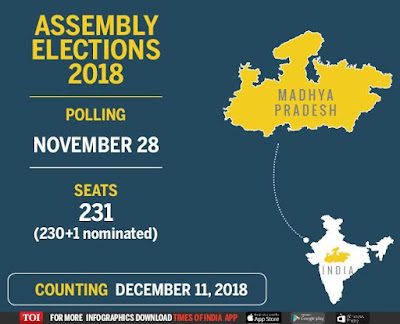Congress wrests power, BJP saves face

By Anaka Harish Ganesh (Image Courtesy: Business Today) Within 24 hours, three states in the Hindi heartland have changed their political colour from saffron to blue. Is this a vote against the BJP? Or is this a vote for the Congress? The BJP was clearly routed out in Chhattisgarh. But to interpret it either way in Madhya Pradesh and Rajasthan is too extreme. Voters didn’t award the Congress or put away the BJP as expected in Rajasthan and in Madhya Pradesh, the fight was so close that no one could predict who would form the government until the very end. In Rajasthan, the dissatisfaction with the Vasundhara Raje government was thick in the air and for the past 25 years, the state has never re-elected the incumbent. There was also a perception of Raje as arrogant and a visible strain in the relationship between her and Amit Shah. In addition to this, the ability to connect with farmers and the youth over farm distress, unemployment and the anger over SC/ST







